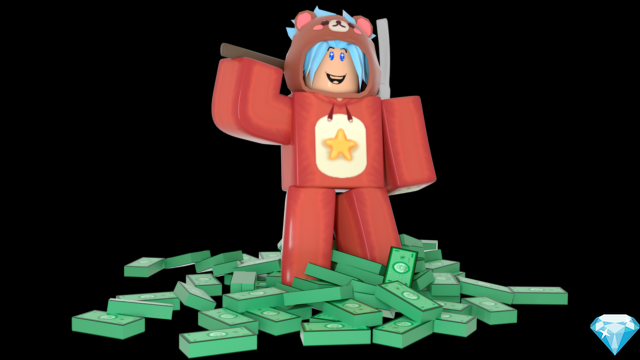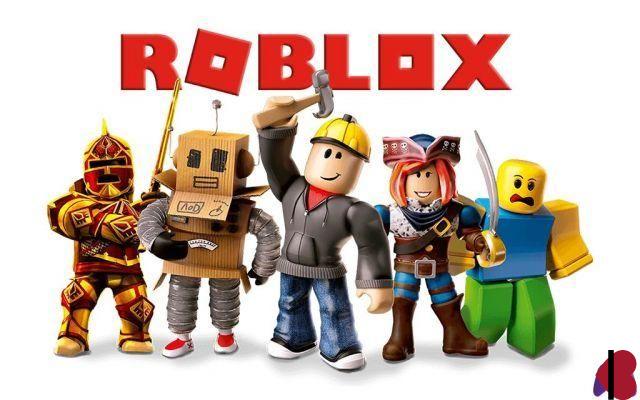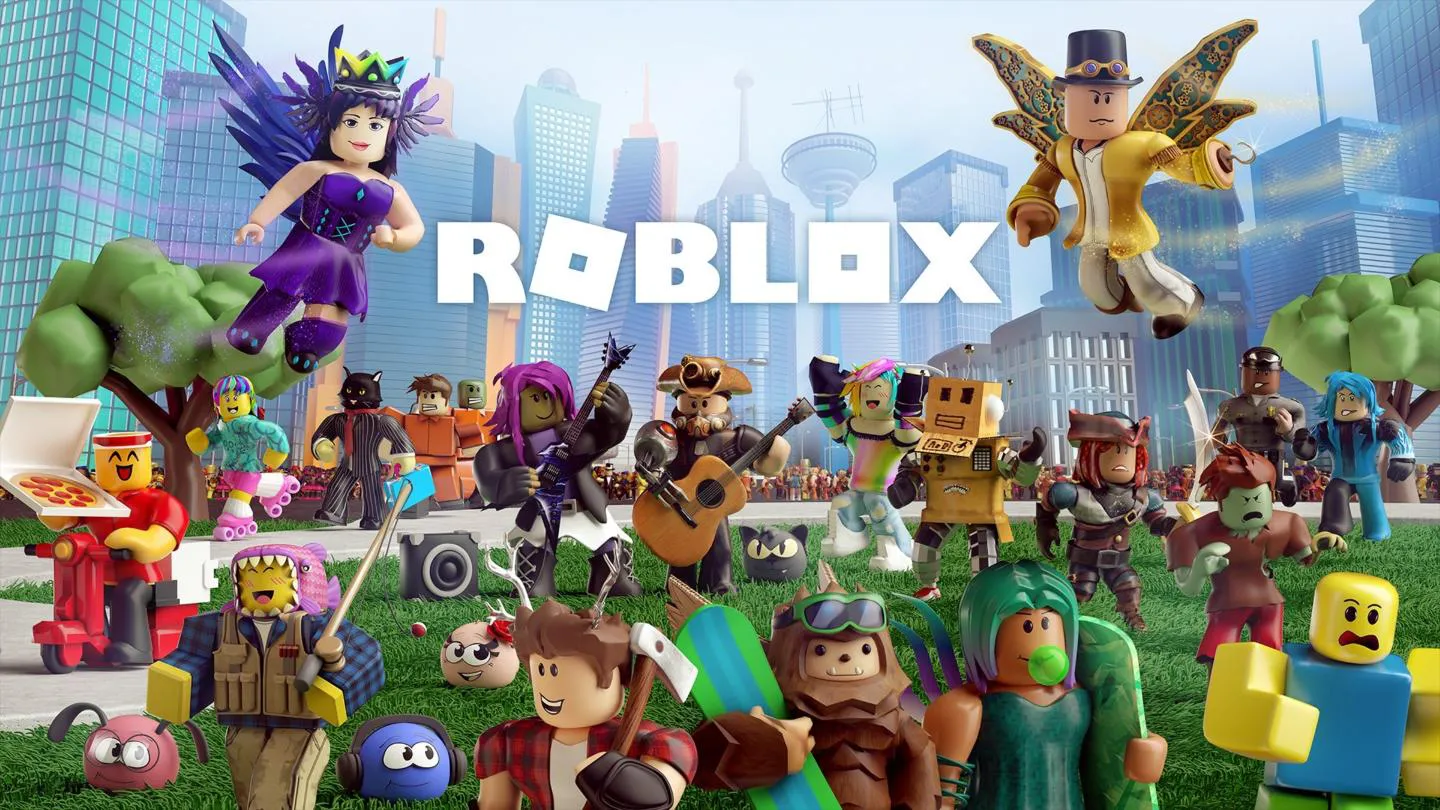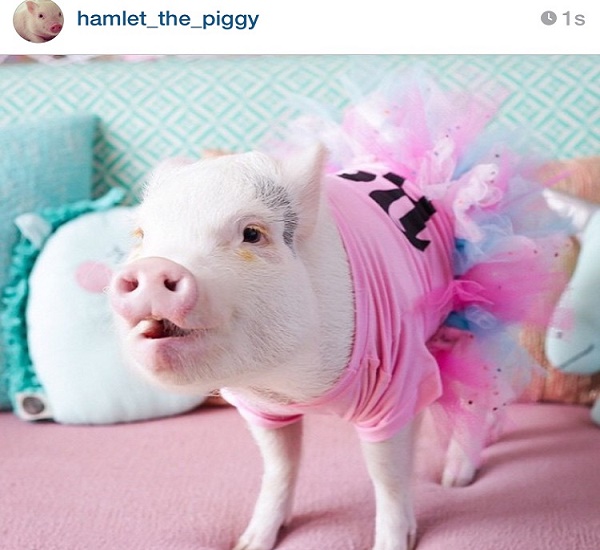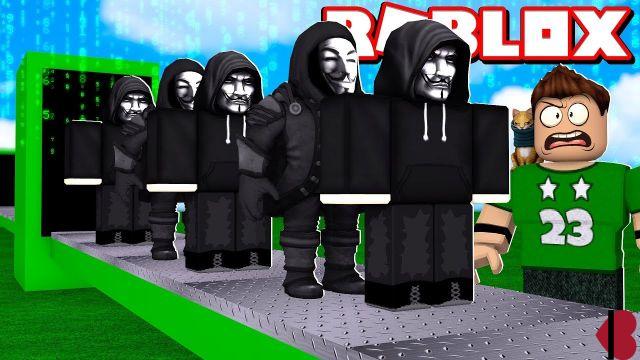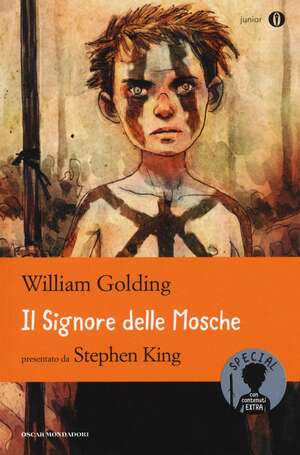
Introduction
The title (which was chosen by Thomas Stearns Eliot at the time of publication, instead of the original Strangers from within) is an allusion to the devil and evil: the "lord of the flies", a popular name for the figure of Satan, the name that a boy in the group gives to severed head of a sow, surrounded by flies attracted by decomposing meat.
Summary
In an unspecified time, during a world war, an English plane, whose passengers are displaced children crashes on an island in the Pacific Ocean. The boys are saved and land on a beach: Ralph, who seems to have a natural leadership talent, is in the company of an awkward, overweight and bespectacled boy, called Piggy (in English, “piglet”). The latter suggests that Ralph play a large concave shell, as if it were a horn, to rally the other boys. Among them is Jack, the leader of another group of boys, including Roger, who slavishly follows Jack's orders, and Simon, a sensitive boy who will work alongside Ralph. The latter comes elected as chief (but without the votes of Jack's group) and is immediately committed to establish a democratic society: he designates Jack as responsible for the food supply and leaves with him and Simon to explore the island. Simon is instead chosen to be responsible for housing all the kids. Ralph then decides to always keep a fire burning on the beach, in the hope that passing ships notice the smoke and rescue them. In assemblies, the right to speak is ensured by the shell: whoever holds it has the turn to speak, while the others must remain silent.
However, it soon becomes apparent that the boys are more interested in playing than in maintaining a functional society. The first attempt to light a big bonfire on the highest point of the island is in fact tragic: the kids, led by Jack and excited by a sense of adventure, lose control of the flames and, while the fire spreads, one of them scatters, probably being killed. Furthermore, children (especially the younger ones) are often caught by ancestral anxieties and fears: first of all what there is on the island a beast guarding them, ready to attack them. Ralph often scolds the group of boys, as enthusiastic as they are unable to work for the construction of new homes, but finds support only in Simon, while Jack and his group, who for now have little success in hunting wild pigs, begin to feed a feeling of impatience for Ralph's leadership.
The group is now split: in an assembly on the beach Jack tries to outvote Ralph and, having failed, decides to build a fort on the other end of the island, gathering around his own tribe a large group of kids conquered by his violent strength and by the ancestral rites with which he believes to propitiate hunting and the favors of the "beast". Jack decapitates a scrofa and sticks its head on a branch, as a votive offering for the monster. Simon, who has discovered that the monster is really just the corpse of the paratrooper, has a hallucination in which the decapitated head of the pig, which he calls "Lord of the Flies", reveals to him that the boys will never be able to kill him, since he is now part of their nature 1. Simon runs to find Ralph to reveal the truth to him but Jack and his group, possessed by a mystical nocturnal ritual, mistake him for the monster and they kill him. Meanwhile, a storm breaks out on the island.
1 In short, the voice of the monster, during Simon's hallucinated dream, reveals the "moral" of the novel: Evil is inherent in the nature and personality of the human being, who at the same time fears and is fascinated by its violent and animalistic side. Golding himself states in the novel: “Man produces evil as bees produce honey”.







